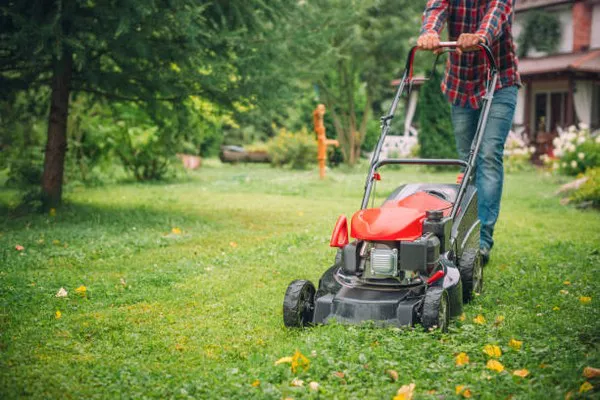Lawn mowers are essential tools for maintaining lush, well-manicured lawns. These machines come in various types, such as push mowers, self-propelled mowers, and riding mowers, each designed to cater to different lawn sizes and terrains. One critical factor that determines the efficiency and performance of a lawn mower is its RPM (Revolutions Per Minute). In this article, we will delve into the significance of RPM in lawn mowers and explore how this metric impacts the cutting ability, fuel consumption, and overall maintenance of these machines.
Understanding RPM in Lawn Mowers
RPM refers to the number of complete rotations a lawn mower’s engine crankshaft makes in one minute. It directly influences the blade’s speed, which, in turn, determines how effectively the mower can cut grass. Lawn mowers generally operate within a specific RPM range, with variations depending on the engine type and design. The RPM range can typically be found in the mower’s user manual or indicated on the engine housing.
Cutting Ability and RPM
The RPM plays a pivotal role in a lawn mower’s cutting ability. Higher RPM results in faster blade rotation, increasing the number of cuts per minute. This higher frequency of cuts allows the mower to handle taller or denser grass more efficiently, ensuring a cleaner and more even cut. For commercial or professional mowers used on large properties or lawns with thick grass, high RPM is crucial to maintain productivity and deliver satisfactory results.
On the other hand, lower RPM can be beneficial for delicate grass types or newly seeded areas. It prevents the mower from tearing or damaging the grass, giving it enough time to recover and grow healthily. As such, homeowners and landscapers should be aware of the ideal RPM range suitable for their specific lawn conditions to achieve the best cutting performance.
Fuel Consumption and RPM
The RPM also affects the fuel consumption of a lawn mower. Higher RPM typically leads to increased fuel usage since the engine is working harder and burning more fuel to sustain the rapid blade rotation. Consequently, mowers operating at higher RPM may require more frequent refueling, especially when tackling large, demanding lawn areas.
Manufacturers design modern lawn mowers with fuel efficiency in mind, aiming to strike a balance between RPM and fuel consumption. They achieve this by incorporating advanced engine technologies and optimizing blade design to maintain cutting performance while minimizing fuel usage. It is essential for users to follow the manufacturer’s guidelines for RPM adjustments and maintenance to ensure optimal fuel efficiency and reduce environmental impact.
Impact on Engine Longevity
While RPM is crucial for cutting performance, it also has implications for the mower’s engine longevity. Running the engine at excessively high RPM for prolonged periods can cause undue stress on internal components, leading to premature wear and tear. It may result in frequent breakdowns and costly repairs. Conversely, running the engine consistently at very low RPM can lead to incomplete combustion, carbon buildup, and reduced power output.
Proper engine maintenance, including regular oil changes, air filter cleaning, and spark plug replacements, is vital to preserve the mower’s engine life regardless of RPM usage. Following the manufacturer’s recommended RPM range and adhering to maintenance schedules can help ensure the mower’s engine operates optimally and extends its lifespan.
Adjusting RPM on Lawn Mowers
Most modern lawn mowers come equipped with a throttle control lever that allows users to adjust the engine RPM within a specified range. The throttle control enables users to increase RPM for tougher cutting conditions or decrease it for delicate grass types. It is essential to understand the different throttle settings and their corresponding RPM ranges to select the appropriate one for the specific mowing task.
To make RPM adjustments, follow these general steps:
Locate the throttle control lever: It is usually positioned on the handlebar or engine housing, easily accessible to the user.
Identify the RPM range markings: Some mowers have RPM markings on the control panel or throttle lever, while others might provide this information in the user manual.
Adjust the throttle: Move the throttle control lever to the desired RPM range. A higher setting is suitable for dense grass or tougher conditions, while a lower setting is more appropriate for lighter cutting tasks.
Test and fine-tune: After adjusting the RPM, test the mower’s cutting performance. Fine-tune the throttle setting as needed until the desired cutting results are achieved.
Conclusion
In conclusion, the RPM of a lawn mower is a critical parameter that directly influences cutting performance, fuel consumption, and engine longevity. Users must understand the ideal RPM range for their specific lawn conditions and adjust the throttle accordingly to achieve the best results. By striking a balance between RPM and maintenance, lawn mower owners can optimize their machines’ performance, prolong their lifespan, and ensure efficient and eco-friendly lawn care.

